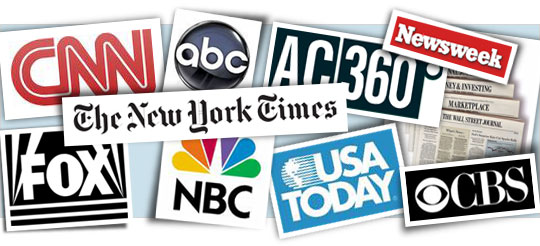When I stumbled into the public relations profession more than three decades ago, media relations was very much at the heart of the PR discipline. And while much has changed from the days of cranking out a seemingly endless stream of news releases, story pitches, and press kits, media relations today remains a critically important component of most public relations initiatives.
The obvious question is why? With the number and influence of traditional media outlets on the decline, why do businesses and nonprofits of all shapes and sizes continue to value media relations so highly?
Part of the answer lies in the fact that these days, everyone is a reporter. Regardless of whether or not you are a trained journalist, everyone has a Facebook page, a Twitter handle, a LinkedIn profile, a blog … the list is endless. So too is the wide range of commentary and opinion about virtually everything imaginable, from politics to someone’s favorite ice cream flavor. As a result, an unfavorable Tweet can quickly cause irreparable damage if it influences enough followers to retweet it, adding their own commentary along the way.
Traditional media outlets, for their part, have responded by establishing their own social media channels. Reporters are now also bloggers. Print publications are available online, while industry trades have taken on added significance as tight staffing has created the opportunity for organizations to contribute their own bylines and – in doing so – position themselves as thought leaders in their respective fields.
It goes without saying that all of this online activity has a huge impact on an organization’s SEO. Online media results that reflect a company’s own messages or endorse its expertise – particularly in articles written by objective, third-party influencers – have the potential to drive web traffic and positively impact sales.
In this environment in which “media” is everywhere, it is no wonder media relations is as relevant today as ever. As USC Sports Information Director Tim Tessalone rightly notes, “With the 365/24/7 news cycle and with the wide range of media and social media platforms now available to journalists and non-journalists, PR professionals need to remain not only vigilant, but must be proactive and progressive.”
Media relations, however, cannot be viewed in a vacuum. To be truly effective, it should be a component – albeit an extremely important component – of a fully integrated PR strategy that also includes digital PR, social media, thought leadership, SEO, and content management.


